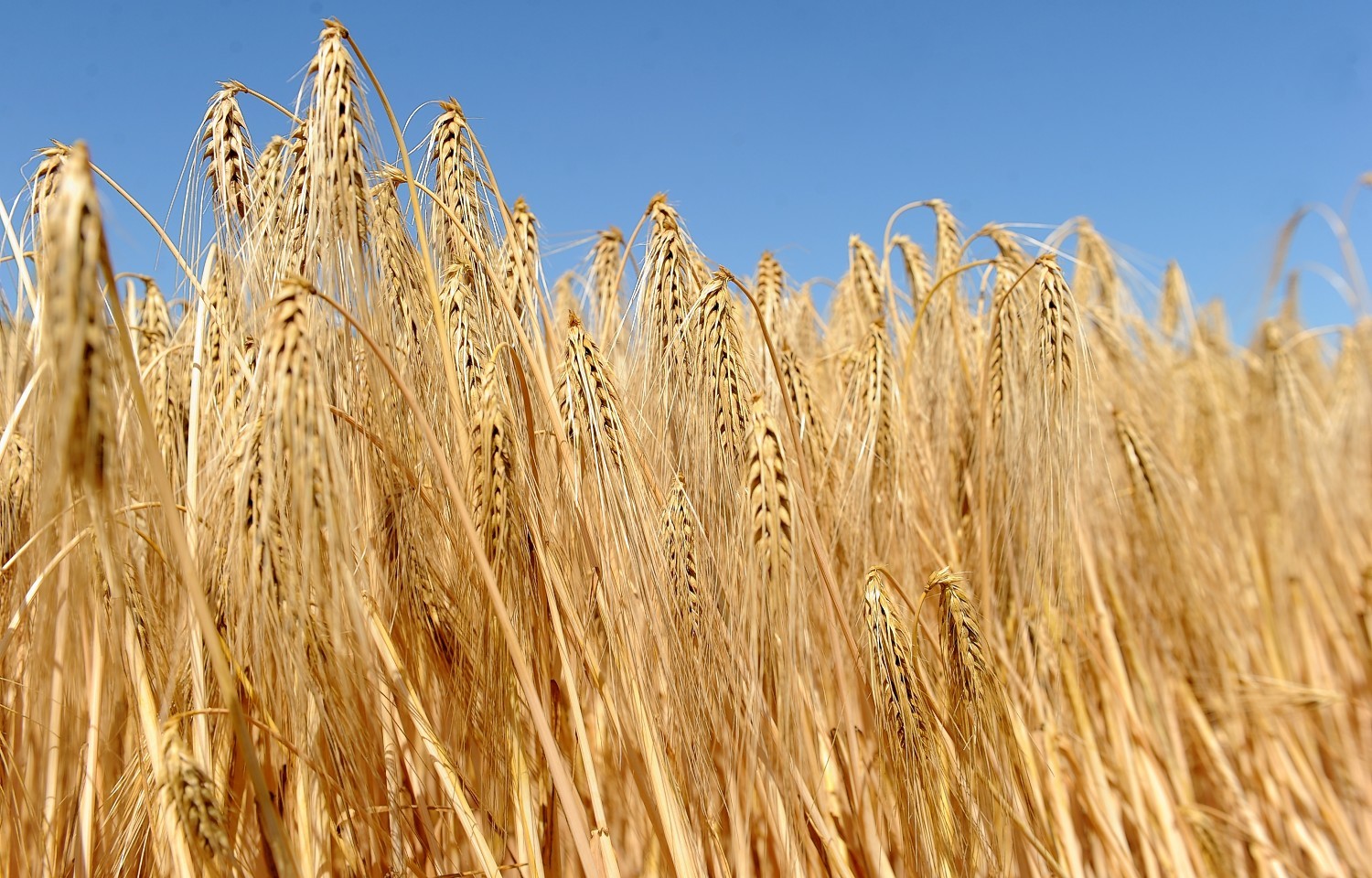Ballicherry Farm is now well through its second year as Black Isle Monitor Farm. Jo Learmonth went along to the most recent meeting to find out about the farm’s harvest and the opportunities and challenges facing the business
Recent estimates for this year’s Scottish cereal harvest are pointing to the highest yield for 20 years, however, harvest was not equally bountiful at Ballicherry – an 820-acre mixed farming enterprise run by Brian and Caroline Matheson.
“The wheat was a mixed bag with some disappointing yields although Myriad produced a yield of 3.8t/acre which was alright for the field it was in,” said Mr Matheson.
“The spring barley harvest turned out to be pretty easy with moisture contents of around 19% and no issues with skinned grains. The yields are yet to be finalised but are likely to be around 2.38t/acre.”
The grain was dried with the new drier, a portable 24 tonne fully automated drier with 29 tonne hopper purchased earlier in the year following discussions with the Monitor Farm group and an outing to farm machinery event LAMMA.
Mr Matheson said: “The new drier has been the success story of this harvest: it has changed my life. It was run 24 hours a day and compared to our old tray drier it has saved us a huge amount of work and a man’s wages for eight weeks.”
The Mathesons were not the only ones growing spring barley at Ballicherry this year.
A young farmers spring barley challenge was set by the Monitor Farm management group which saw six members of InverRoss Young Farmers take responsibility for the agronomy and management decisions for just over 17 acres of Concerto, with the aim of beating Ballicherry’s average profit for the malting barley crop.
Rachel Matheson presented the young farmers’ results which showed similar costs of production and yields to Ballicherry’s, however, the price they secured for their barley turned out to be £25 a tonne more than the average price the Ballicherry barley achieved, winning them the challenge.
The challenge clearly highlighted the benefit of selling at the best possible price.
Globally, the 2015 harvest has been the third consecutive year of over production resulting in low prices for crops.
As AHDB Cereals and Oilseeds’ manager for Scotland, Gavin Dick, told the group: “The market has changed fundamentally. Volatility is here to stay. We need to recognise that we can’t keep doing the same things that we did when the price of grain used to only vary £10 a year when now it can vary £10 in a day.
“If we are thinking of replacing machinery, we need to look at the market, not the calendar or the age of the vehicle to decide whether or not to change.”
The Mathesons’ determination to keep the business moving forward in the current tough economic conditions and their openness to change and innovation has led them to carry out two on-farm trials this year and explore the options available in the Agri-Environment Climate Scheme (AECS).
The first trial involved applying tailored packages of trace elements and reducing spray inputs, compared to standard practice, to some of the wheat and spring barley.
The second trial which is ongoing, involves two types of cover crop.
Mr Matheson said: “Neither were sown until mid-September which is a bit late but we just wanted to see if we could establish a cover crop. We have a rye and vetch mix in one field and a rye and fodder rape mix in the other, both drilled straight into the stubble.”
The AECS, which promotes land management practices to protect Scotland’s natural heritage, improve water quality, manage flood risk and mitigate and adapt to climate change, has within it an option to retain winter stubble and then establish green cover.
This option, which has area limits, is worth £201 an acre and £112 an acre for creation.
Jenny McCallum of SAC Consulting gave the group a comprehensive run through of the AECS.
She said: “At Ballicherry we will look at a potential collaborative application with neighbours to the next AECS round, which would see successful applicants start in 2017 for five years. This scheme offers the potential to fill the income gap.”
